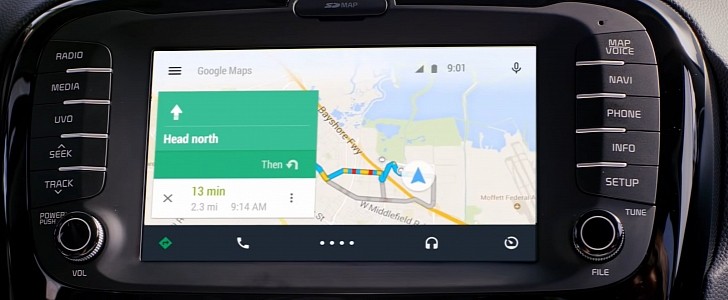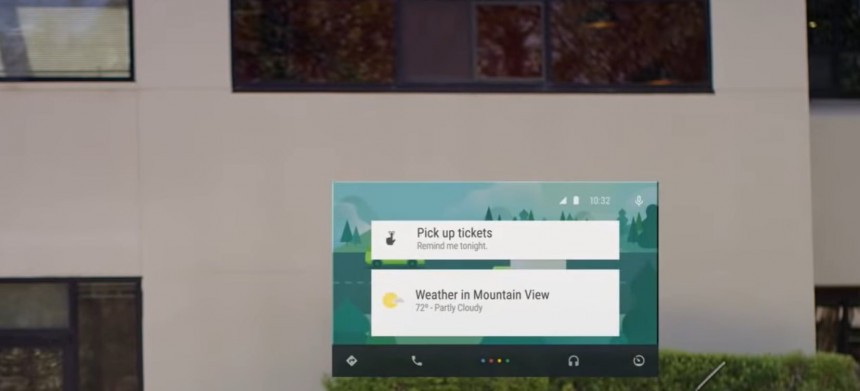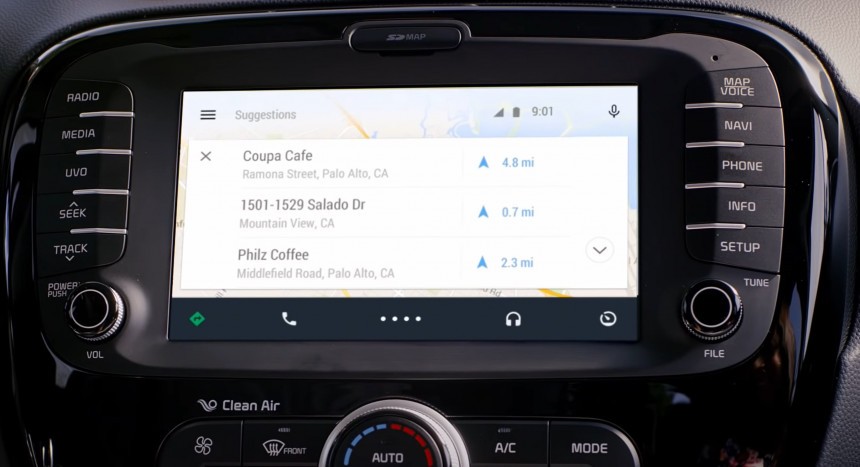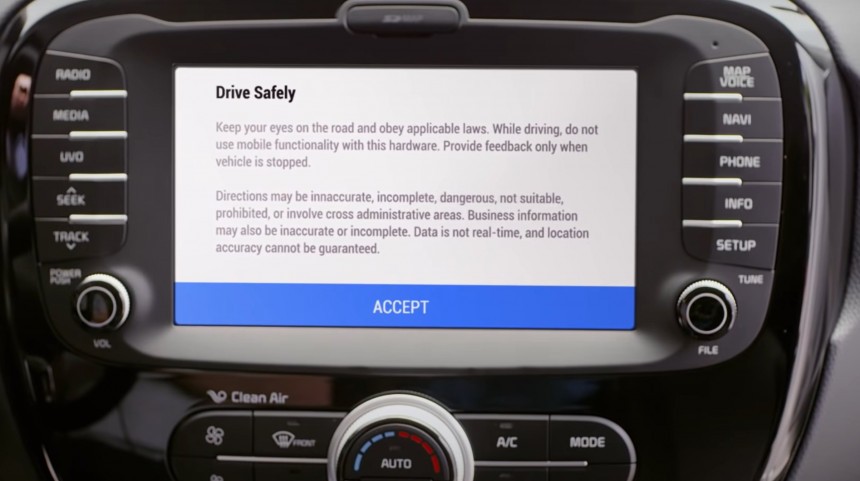Android Auto has become a common feature these days, with Google data indicating the wireless mode is already available in over 100 million cars out there.
The figures are certainly impressive, especially because millions of other cars come with the wired version of Android Auto. And many more aren’t even included in these statistics, as they run the app with the help of an aftermarket head unit.
And while Android Auto has evolved to become a must-have system for the modern driver, few people still remember what the app looked like on day one.
Google unveiled Android Auto at I/O in June 2014, and at that point, it all sounded incredibly optimistic. The Mountain View-based search giant was aiming to bring Android Auto to millions of cars using the Open Automotive Alliance, and unsurprisingly, pretty much everybody believed the company was just overly excited about its new app.
Now it’s pretty clear Google was just right. Android Auto evolved substantially, and the market share of Android as a mobile operating system obviously played a key role too.
The first version of Android Auto was based on Android L, and its interface wasn’t as refined as it is today. It did the job done, however, and it used cards that everybody really loved.
When launching Android Auto, for example, you could get a navigation card for directions, and with a simple tap, Google Maps was ready to guide users to a suggested destination. The same thing for listening to music, as Google wanted Android Auto to be contextually aware from the very beginning.
Powered by Google Now, these cards, which later evolved into more advanced widgets, including for weather information, pretty much made sense, especially as they made certain tasks much more straightforward.
Just like the current version, Google provided multiple input methods, including touch, the buttons on the steering wheel, or voice commands. Unsurprisingly, the hands-free experience wasn’t as refined as it is today, but as some users still figure out the hard way, the Google Assistant integration would still use additional polishing here and there.
The dynamic bar, which now provides controls for the running bar, wasn’t there, but on the other hand, the notification system worked pretty much the same as it does today. A notification was sliding in from the top of the screen when a new message arrived, and users were allowed to listen to it and reply with a voice message.
Needless to say, many of the apps that can now be used on Android Auto weren’t available at first, but the likes of Spotify, Pandora, and a few others were already on their way to the new car experience.
Of course, Android Auto was built from the very beginning to be an alternative to Apple’s CarPlay. And just like today, the two systems were pretty similar, as they required a mobile phone to project the interface on the head unit in the car and dedicated hardware on the vehicle for such capabilities.
Google, however, played its card right, and the continuously rising Android adoption allowed Android Auto to eventually become something big in the automotive market.
As we all know already, however, simply making Android Auto such a widely-used application isn’t enough, and Google must continue the work not only on new features but also on additional polishing.
Bugs are something way too common in the Android Auto world, and the seamless experience that Google promised back in 2014 (and which you can see in the video below) is still a dream that’s yet to come true for some users out there. Even when using Google’s very own smartphones, that is, and this shows that getting Android Auto right is much harder than some people would be tempted to believe.
And while Android Auto has evolved to become a must-have system for the modern driver, few people still remember what the app looked like on day one.
Google unveiled Android Auto at I/O in June 2014, and at that point, it all sounded incredibly optimistic. The Mountain View-based search giant was aiming to bring Android Auto to millions of cars using the Open Automotive Alliance, and unsurprisingly, pretty much everybody believed the company was just overly excited about its new app.
Now it’s pretty clear Google was just right. Android Auto evolved substantially, and the market share of Android as a mobile operating system obviously played a key role too.
When launching Android Auto, for example, you could get a navigation card for directions, and with a simple tap, Google Maps was ready to guide users to a suggested destination. The same thing for listening to music, as Google wanted Android Auto to be contextually aware from the very beginning.
Powered by Google Now, these cards, which later evolved into more advanced widgets, including for weather information, pretty much made sense, especially as they made certain tasks much more straightforward.
Just like the current version, Google provided multiple input methods, including touch, the buttons on the steering wheel, or voice commands. Unsurprisingly, the hands-free experience wasn’t as refined as it is today, but as some users still figure out the hard way, the Google Assistant integration would still use additional polishing here and there.
Needless to say, many of the apps that can now be used on Android Auto weren’t available at first, but the likes of Spotify, Pandora, and a few others were already on their way to the new car experience.
Of course, Android Auto was built from the very beginning to be an alternative to Apple’s CarPlay. And just like today, the two systems were pretty similar, as they required a mobile phone to project the interface on the head unit in the car and dedicated hardware on the vehicle for such capabilities.
Google, however, played its card right, and the continuously rising Android adoption allowed Android Auto to eventually become something big in the automotive market.
Bugs are something way too common in the Android Auto world, and the seamless experience that Google promised back in 2014 (and which you can see in the video below) is still a dream that’s yet to come true for some users out there. Even when using Google’s very own smartphones, that is, and this shows that getting Android Auto right is much harder than some people would be tempted to believe.










